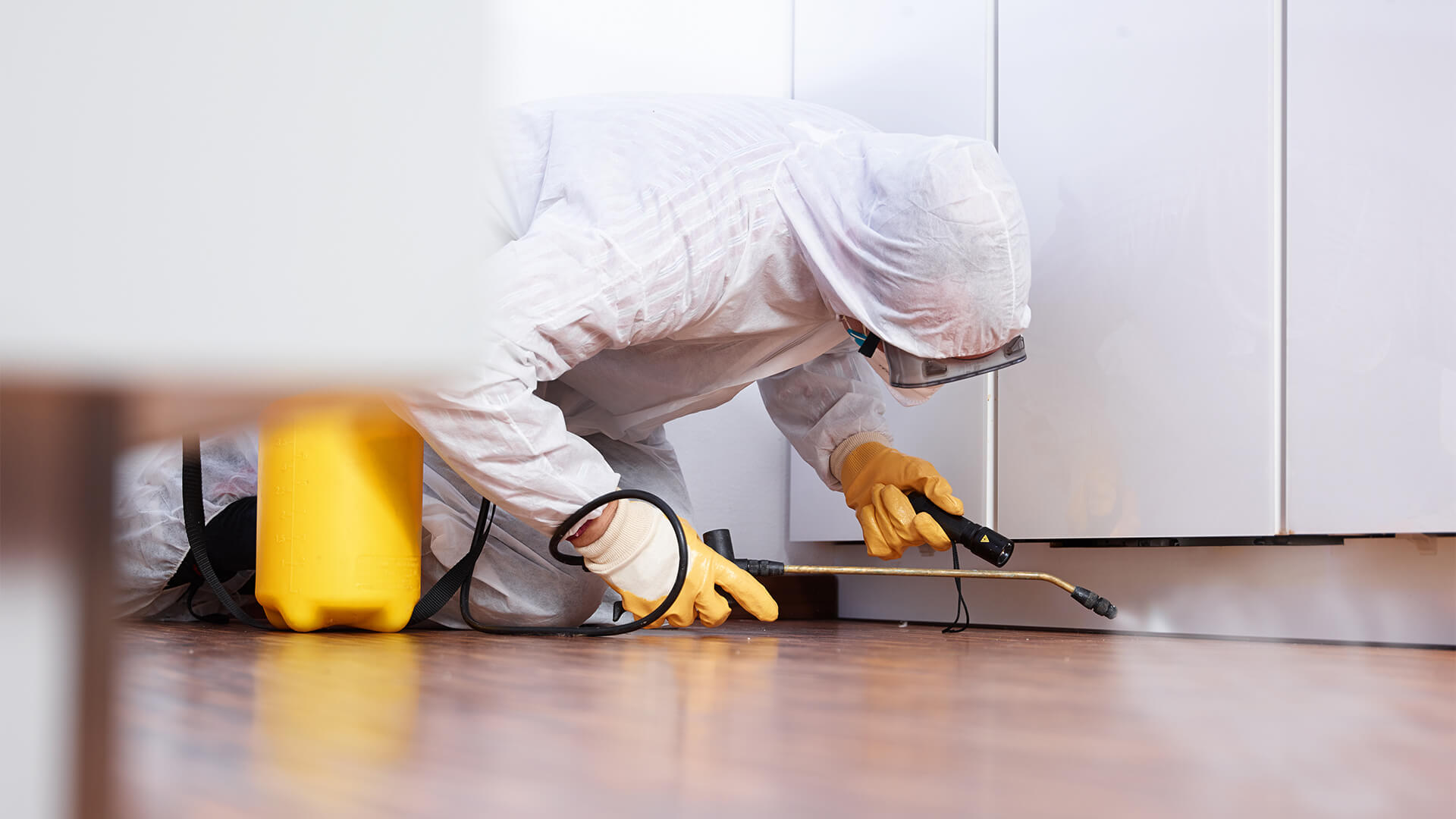A1 Pest Control Charlotte NC Bed Bugs - Professional Elimination Services
Wiki Article
Bed Insect Treatment Failure: Contrasting Chemical Vs. Non-Chemical Solutions
In the realm of bug control, specifically when handling the relentless issue of bed bugs, the option between chemical and non-chemical treatment options can be a crucial one. Both methods use distinct advantages and disadvantages, influencing aspects such as effectiveness, security factors to consider, and total cost. By checking out the nuanced information of each approach, a more clear understanding of which course to seek in attending to a bed pest infestation can be obtained.Efficiency of Chemical Therapies
Chemical therapies for bed insect invasions have actually been extensively identified for their powerful and quick effectiveness in eliminating these pests. When taking into consideration the effectiveness of chemical treatments, it is critical to recognize that they can supply a quick and comprehensive remedy to a bed pest issue. Professional pest control men often rely on pesticides to target bed pests at various stages of their life cycle, including nymphs, grownups, and eggs. These chemicals usually function by interfering with the bed insects' nerves, leading to paralysis and ultimate fatality.Additionally, chemical treatments have the benefit of using recurring impacts, meaning that they can continue to eliminate bed insects even after the preliminary application. This residual activity is especially advantageous in combating any kind of potential re-infestations. In addition, the rapid action of chemical therapies can bring relief to individuals facing serious bed pest invasions, allowing them to reclaim control of their home promptly.
Safety Worries With Chemical Solutions
When utilizing chemical services for bed insect therapy is ensuring the safety of residents and the atmosphere,One vital facet that needs cautious consideration. While chemical therapies can be reliable in removing bed pests, they may posture risks otherwise taken care of correctly. One of the primary safety and security worry about chemical solutions is the potential harm they can create to human wellness. Exposure to particular chemicals made use of in bed pest treatments can lead to respiratory problems, skin inflammation, or other damaging responses, especially in individuals with pre-existing problems or sensitivities. In addition, incorrect application or dosage of chemical pesticides can result in poisonous deposits lingering in the cured location, posturing long-term wellness dangers to occupants.In addition, the environmental influence of chemical solutions is one more significant factor to consider. Some pesticides utilized in bed pest treatments might be damaging to beneficial bugs, wild animals, and environments if they seep into the dirt or water supply. It is necessary to utilize chemical treatments judiciously, adhering to safety guidelines, and thinking about less harmful options to alleviate these risks and make sure the safe and effective management of bed insect problems.
Benefits of Non-Chemical Strategies
Thinking about the prospective safety concerns and ecological impact associated with chemical remedies for bed pest treatment, discovering non-chemical techniques provides an appealing choice with a number of distinct advantages. Non-chemical treatments are environmentally pleasant, as they anonymous do not contribute to air or water air pollution, making them a sustainable choice for parasite control.In addition, non-chemical services can be efficient in targeting bed pests, including hard-to-reach areas where chemical therapies may not pass through - A1 bed bug treatment in charlotte. Methods such as warm therapy, vacuuming, vapor cleansing, and bed mattress coverings supply thorough removal without the use of dangerous chemicals.
Limitations of Non-Chemical Treatments

Furthermore, non-chemical therapies commonly require several applications to accomplish effective elimination. This can be lengthy and may not always guarantee complete elimination of all bed pests and their eggs, particularly in hard-to-reach or covert areas.
Furthermore, the success of non-chemical treatments greatly counts on proper execution and thoroughness, which can be challenging for individuals without expert know-how. Poor application of non-chemical techniques might result in incomplete removal, causing relentless infestations and the demand for additional treatments.
As a result, while non-chemical treatments have their benefits, it is vital to acknowledge these limitations and consider them when determining the most reliable method for taking care of bed pest problems.
Expense Comparison: Chemical Vs. Non-Chemical Options
Given the constraints related to non-chemical treatments, an important element to review in pest control needed the context of bed pest management is the price comparison in between chemical and non-chemical alternatives. Chemical therapies normally involve the application of insecticides by experts, which can range from $250 to $900 per area, depending on the seriousness of the problem and the dimension of the location to be treated. In contrast, non-chemical treatments like heat therapy or heavy steam can be much more costly, with prices ranging from $1,000 to $6,000 for pest contractor an entire home. While the preliminary expense of chemical treatments may appear reduced, several treatments may be needed to completely eliminate the problem, potentially enhancing the total expense. On the various other hand, non-chemical choices might provide a more lasting and environment-friendly option, although they can be cost-prohibitive for some individuals. Ultimately, when considering the expense of bed bug treatment choices, it is very important to consider the in advance expenses against the efficiency and lasting sustainability of the selected technique.Conclusion

Thinking about the prospective safety and security problems and environmental influence connected with chemical remedies for bed bug treatment, checking out non-chemical strategies offers a promising option with a number of distinctive advantages.Given the limitations connected with non-chemical therapies, a necessary aspect to examine in the context of bed pest administration is the cost comparison between chemical and non-chemical alternatives. In comparison, non-chemical treatments like warm treatment or steam can be more expensive, with expenses varying from $1,000 to $6,000 for an entire home. While the initial price of chemical treatments might seem lower, multiple therapies might be required to fully eradicate the invasion, potentially increasing the total cost.In conclusion, when comparing chemical and non-chemical bed pest therapy choices, it is important to consider efficiency, safety and security, advantages, constraints, and cost.
Report this wiki page